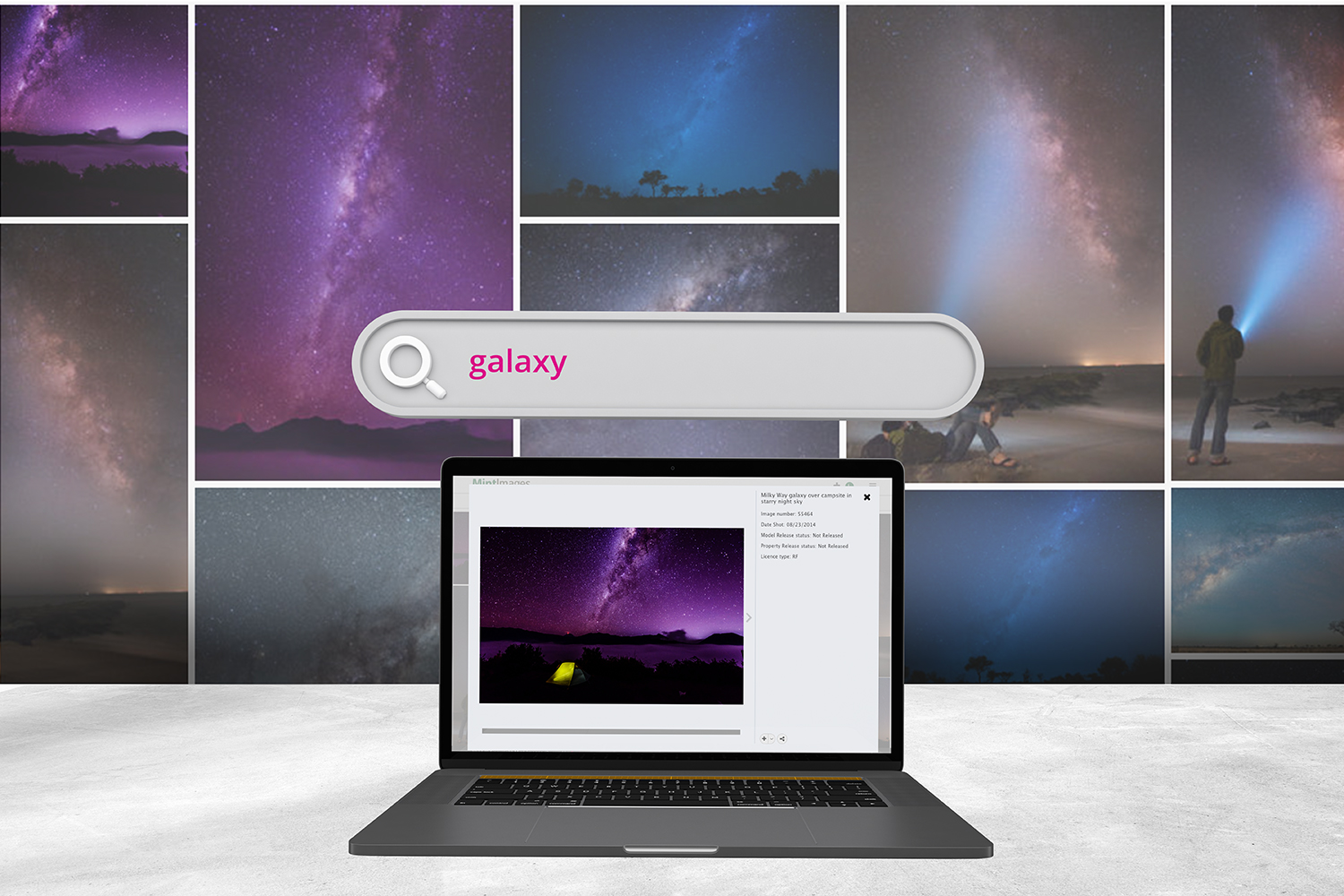With the need identified and the go ahead given, you’re ready to start your search for the right solution to store, organise, manage, share, and track all your digital assets in one place. As you start to engage with providers, you find they all have one key question:
What are your storage requirements?
Unless you have a handle on the amount of content your company currently has and the capacity it will need in the future, it’s a tricky question to answer.
Fortunately, there are a few ways in which you can calculate a rough estimate. Rather than allow storage requirements to become a block in the road to adoption of a new solution, use the following guide to get to grips with the content capacity your company will need.
1. Estimating your current amount of content
In order to get an idea of how much content your company currently has across various systems and how much space it’s taking up, we recommend getting clued up on file formats and the sizes that accompany them. Here are some specifics:
Images
The physical size of an image depends on several factors including the resolution of the image and compression options. Generally speaking, image sizes range from around 1mb to 60mb. Since most DAM systems generate derivatives, you should only include the copy with the highest resolution you wish to deliver to end users. Some organisations will prefer to keep their RAW and/or TFF files in archive storage, while only hosting the high-resolution image for people to license.
Videos
File sizes for videos vary greatly dependent on time, framerate, dimensions and encoding, so may be a little harder to calculate. A piece of video content may be just a few seconds long, or it could run for several hours. A good rule of thumb is to assume 1GB for every 90 seconds of 4k video or every 4 minutes of HD Video.
Documents
From a text-only one-pager to a 50-page pitch-deck complete with visual content, documents come in various different formats and sizes. As a general rule, we find that one terabyte (1TB) can hold around 500,000 documents. It’s worth analysing your existing documents to get a rough average in terms of volume, as industry estimates can range from 1 million document pages to 85 million. If in doubt, ask your DAM vendor to help you work out an average.
2. Estimating growth and future storage requirements
Got an idea of the current storage requirements of your organisation? Great – now it’s time to look ahead. With content velocity increasing for most competitive organisations, it’s safe to assume your storage requirements will likely increase in the years to come. But at what rate?
When it comes to storage planning for digital asset management solutions, these are a few ways you can estimate future growth:
Historical data
The best way to anticipate future growth is by assessing the rate at which your digital asset collection has increased in the last 6 months. Take a closer look at the amount of storage you have acquired over this period: is your data growing exponentially or are assets trickling in slowly?
When undertaking storage planning ahead of purchasing a DAM solution, it’s worth creating a chart with all the datapoints you have access to. Is it linear? Are you past your peak already? This should tell you a lot about the rate at which your asset library is growing and shine a light on the capacity you will need in the coming year.
Upcoming projects
Are you aware of any projects in the pipeline that will require an influx of digital assets? Be it a marketing campaign, a new venture or a digitisation project to make historic archives available online, pre-empting the need for more storage now will ensure the system you choose isn’t restrictive of your requirements. Speak to staff members across other departments to check whether there are any projects on the horizon that could impact your storage needs.
Previews and thumbnails
As your asset library grows, you may need to factor in a little excess space for previews and thumbnails. While something as small as 5% has little impact on 1-2TB collections, for collections of around 100-200TB, it becomes sizeable and something you shouldn’t ignore. If you’re unsure, your DAM provider will be able to guide you through this element of storage planning.
Top tip: Keep in mind that, unlike cloud-hosted software, on-premise DAM solutions are rarely scalable. If you’re purchasing an on-premise system, it’s essential to plan for future storage requirements.
3. Calculating your total DAM storage needs
With your current and future requirements to hand, you’re ready to calculate your total storage needs. For a simple equation, take the average file size, multiply by the total number of assets and include a percentage for contingency.
See below for a rough breakdown:
Image storage = Number of Images x 10MB
Video storage (mix of HD and 4K) = Number of videos x Average Number of Minutes divided by 45
Document storage = Number of documents x 2MB
Your final calculation would then look something like this:
Image Storage + Video Storage + Document Storage = Total Storage + Contingency (20%)
Remember, this method will only provide a rough estimation of your storage requirements. For a more detailed overview, it’s worth checking in with your IT team or your DAM supplier – they should be able to provide guidance on file sizes, formats and asset library growth rate to give you an accurate figure for storage needs.
For more advice on DAM storage planning or to find out how we can help you manage your digital assets, get in touch with us today.
Related Articles
Sign up to get all the latest news & advice from the team
"*" indicates required fields



